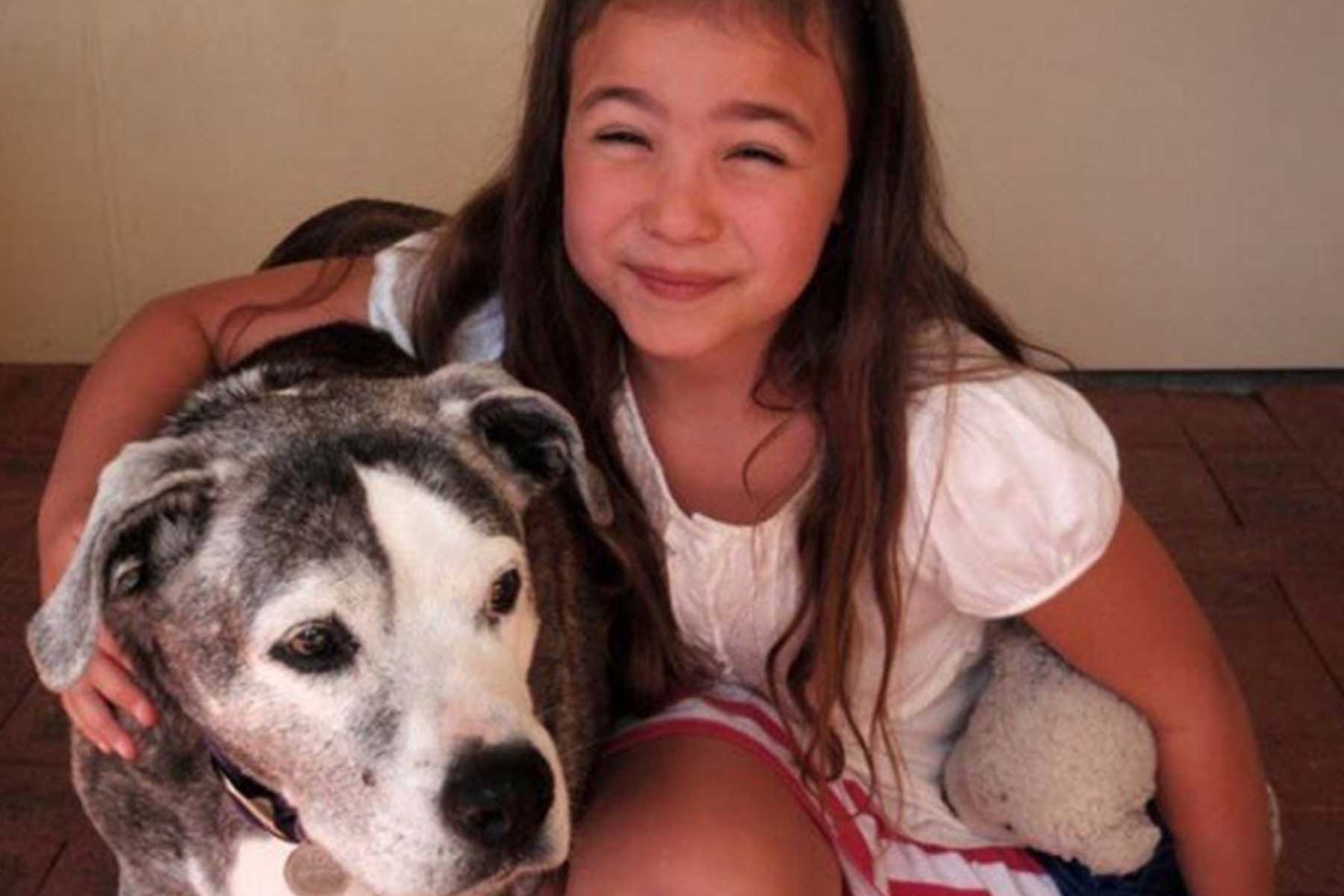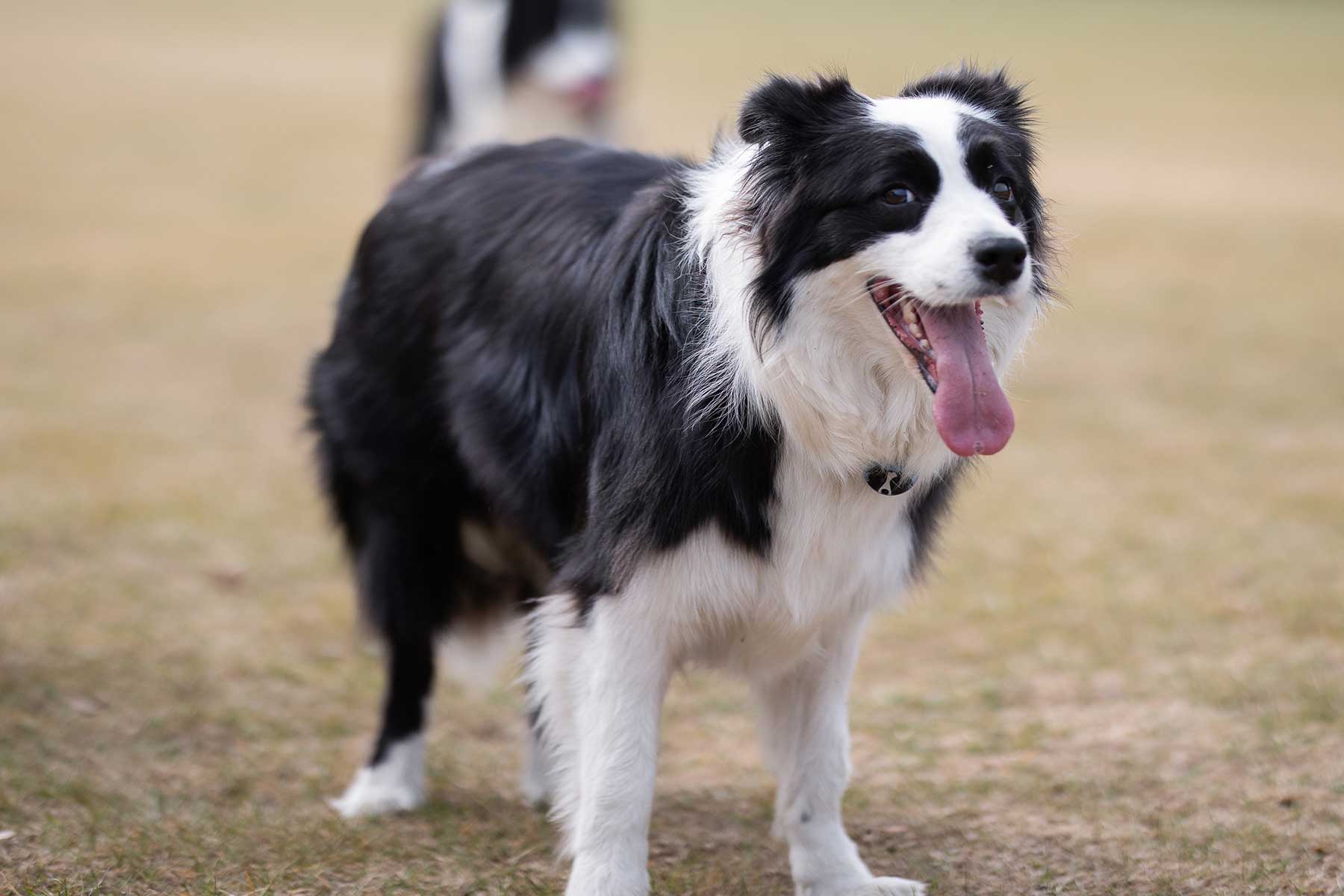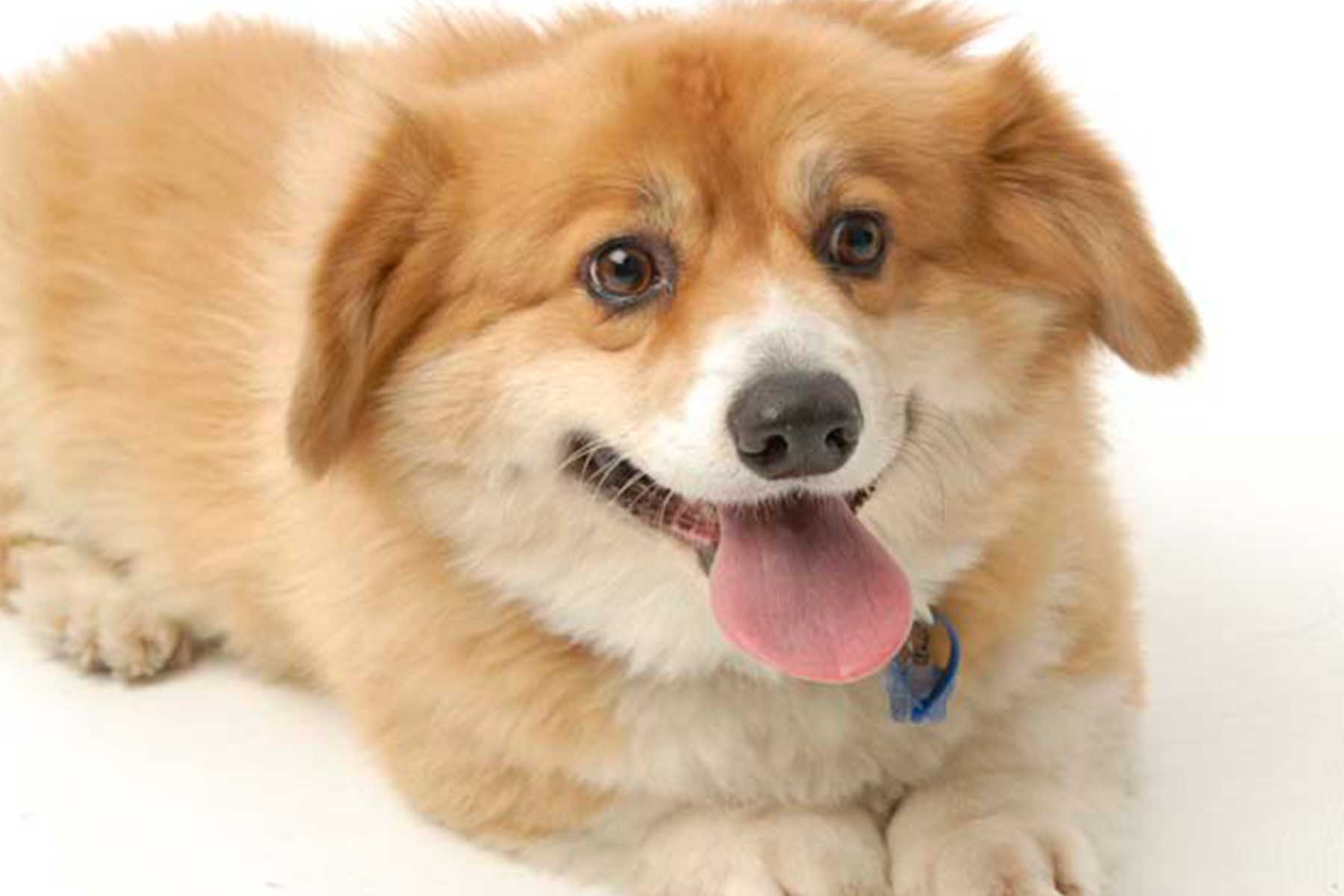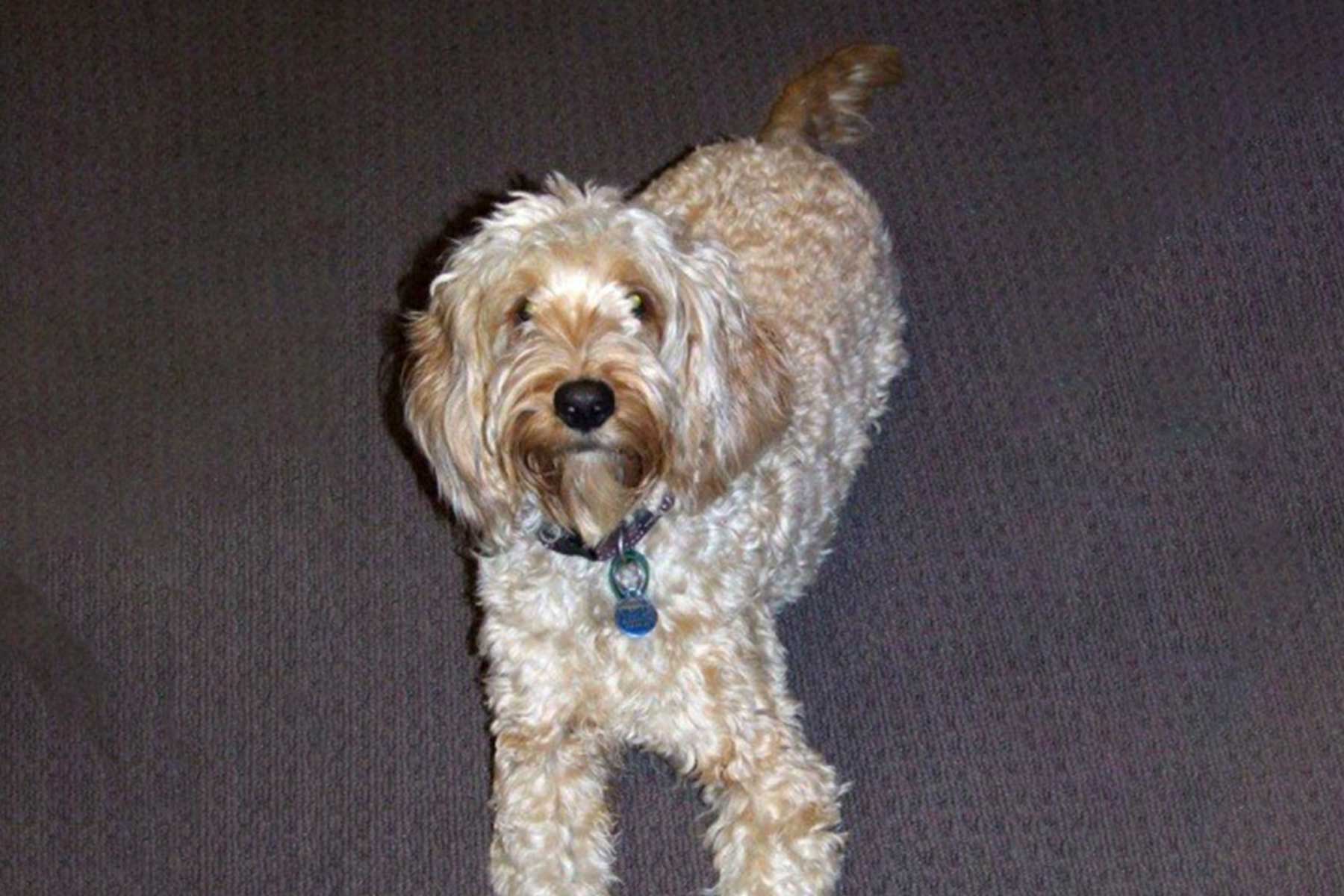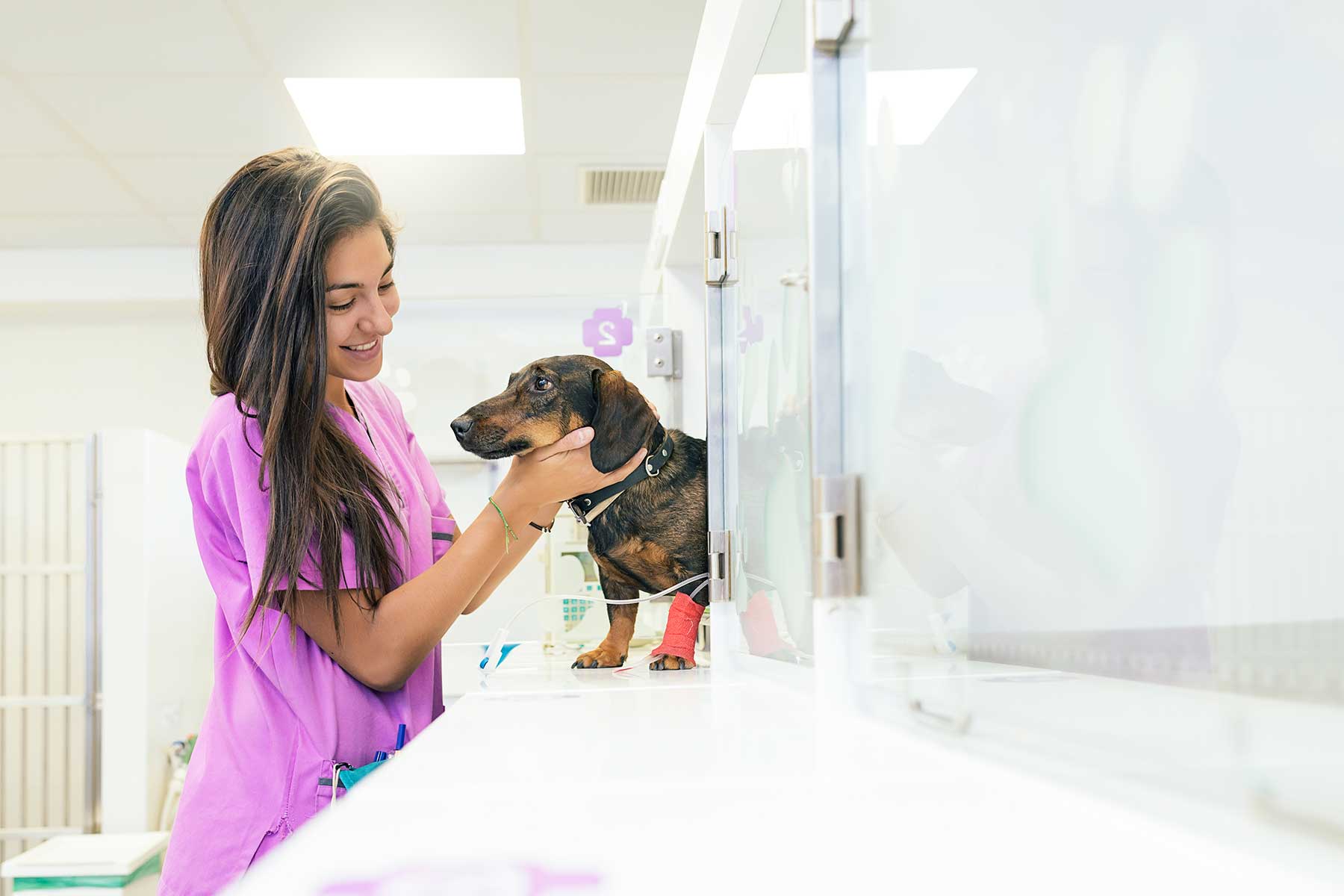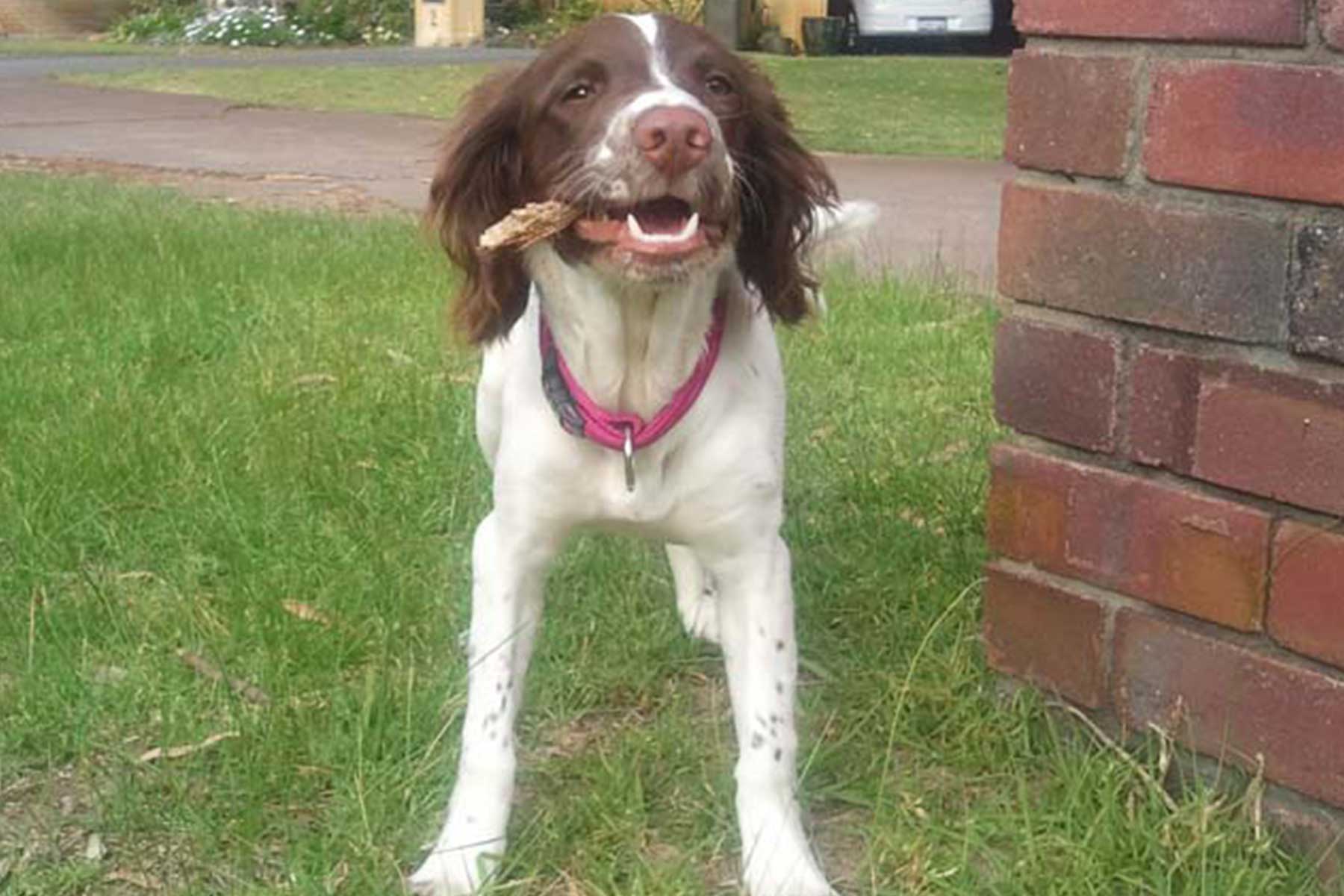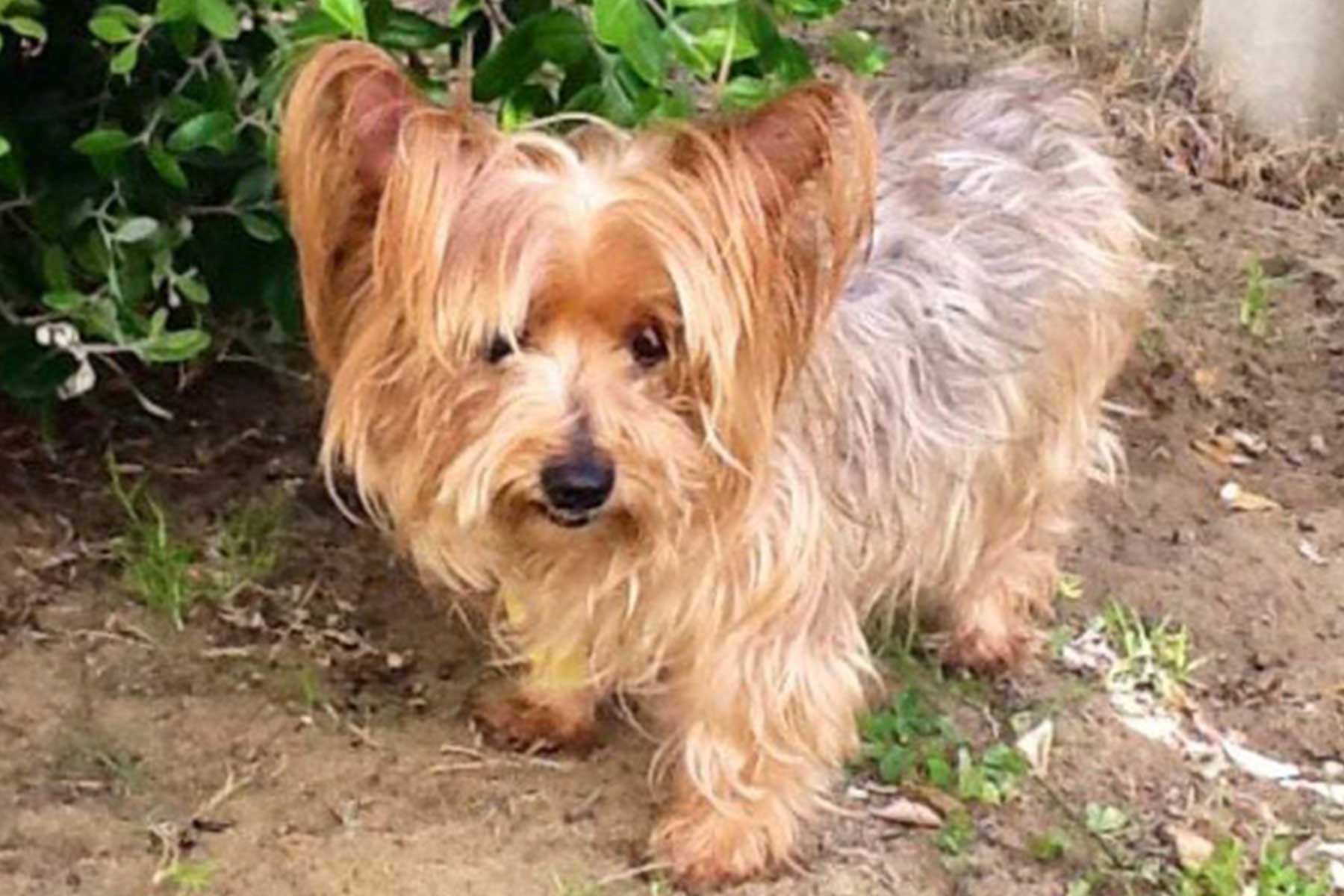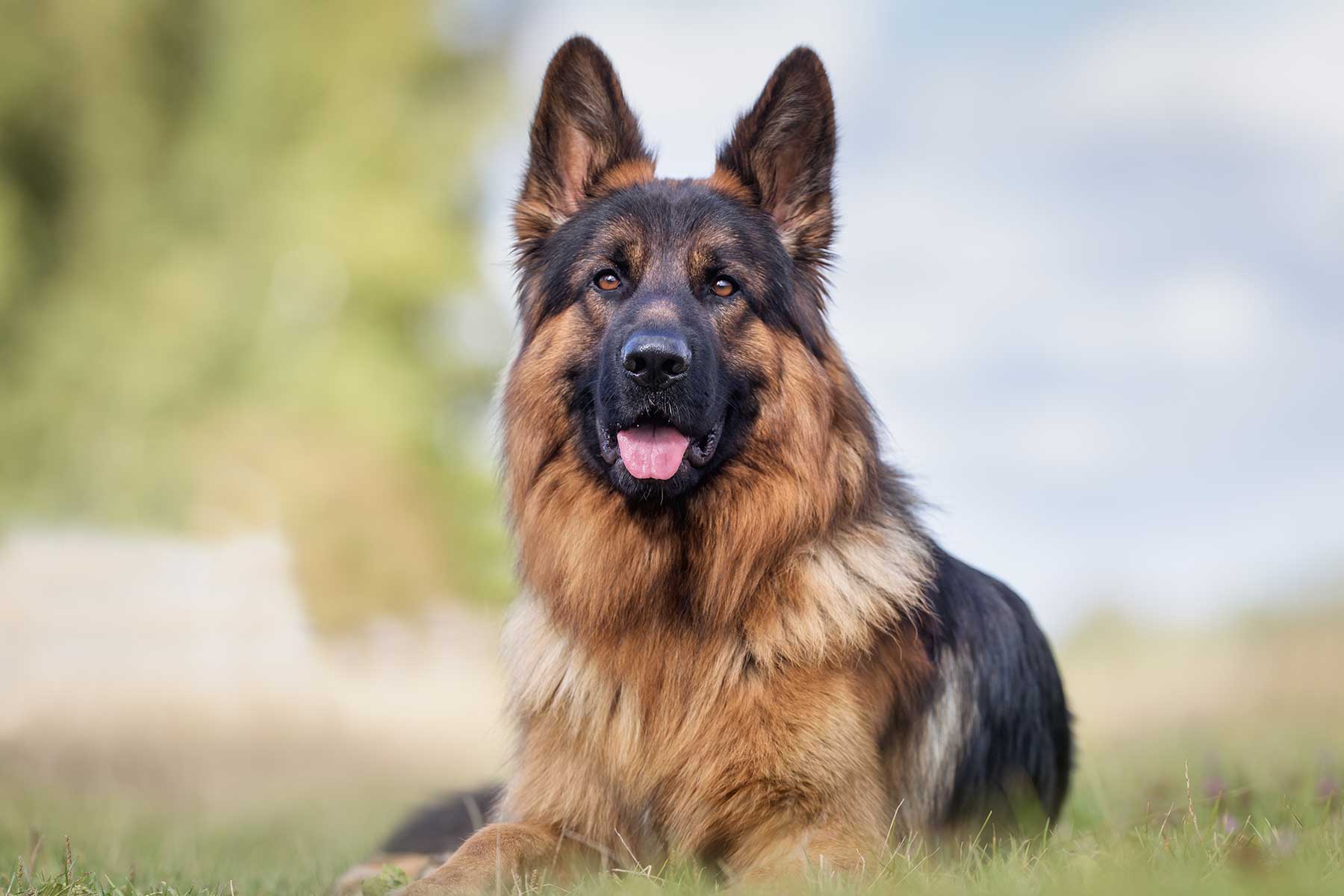Casper, a beautiful 4 month old golden Labrador cross recently visited Vetwest Clarkson when his owner noticed he had suddenly started holding up one back leg and was completely refusing to walk on it. Dr Ben Trotter examined Casper and could tell he was a brave little boy who had a problem with his stifle joint (knee joint). The stifle was swollen and very painful so Dr Ben recommended Casper be admitted straight into hospital for treatment and to investigate what was causing his discomfort.
Once in hospital, Casper was well looked after by the nursing team. He was settled into a hospital bed and immediately given some pain relief. Casper needed a radiograph of his knee so Dr Ben could determine a treatment plan. Prior to the radiograph he had to perform a number of procedures including a blood test to check Casper’s kidney and liver function. This provided us with information about his vital organs so we could safely administer the anaesthetic he required. Casper was also placed on intravenous fluids to maintain his blood pressure. Once stable, he was gently anaesthetised and radiographs were taken of his stifle joint. Anaesthesia was necessary in this situation as it allowed Dr Ben to palpate the injured area without causing further pain. With Casper’s muscles completely relaxed he could also place Casper in a perfect position for the radiographs.
The radiographs soon revealed that Casper had a tibial crest avulsion. This is an injury that only occurs in young, growing animals, often associated with being over exuberant when running, jumping and playing. The quadriceps muscles end up being stronger than the still developing bone and can pull away or ‘avulse’ part of the bone below the knee.
A tibial crest avulsion (often referred to as a fracture) benefits from early surgical intervention. By realigning the fragment of avulsed bone and anchoring it back in place with surgical implants, it allows the bone to heal and gives the best chance of a successful outcome. Casper’s owner was very keen to fix the problem and was happy for Casper to go straight to surgery the same day. Luckily for Casper, his owners had taken out pet insurance which provided them with extra peace of mind.
Casper’s orthopaedic surgery involved having metal bone pins and a wire tension band inserted into his knee. The pins and wire provided the anchor and anchor points to realign his knee as shown in the radiographs below.
As expected, Casper recovered well after his surgery and was allowed to go home the following day. His appreciative owners soon realised Casper was already using his leg better than before the surgery. Ten days later, Casper’s incision had healed and his stitches were removed. Four weeks after surgery we are happy to report Casper is back to his mischievous puppy self and using his leg normally.
As mentioned above, a tibal creat avulsion is an injury that only occurs in young, growing animals. It is not uncommon, and luckily for Casper’s owners both the surgery was very successful and the surgery costs were subsidised by their pet health insurance cover.
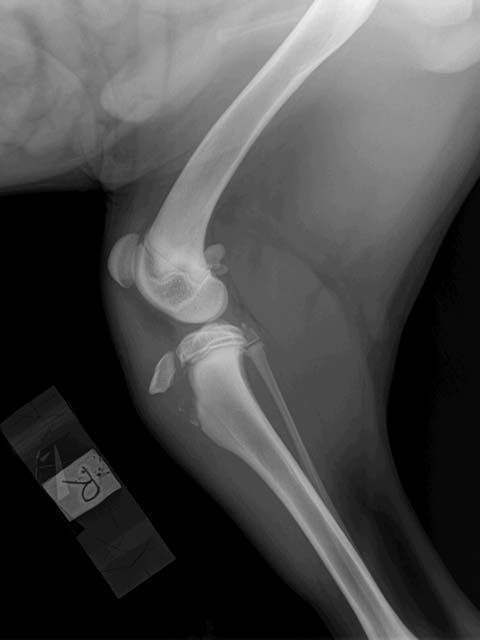
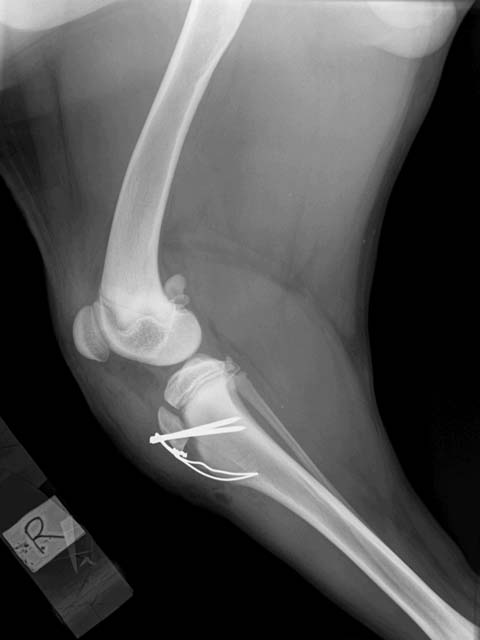
Related articles:
- Cruciate ligament rupture – a common knee injury in humans and dogs
- Luxating patella – a knee cap problem in dogs
- Bringing your pet in for surgery – check out the video!
- Pet health insurance – does your pet need to be insured?

